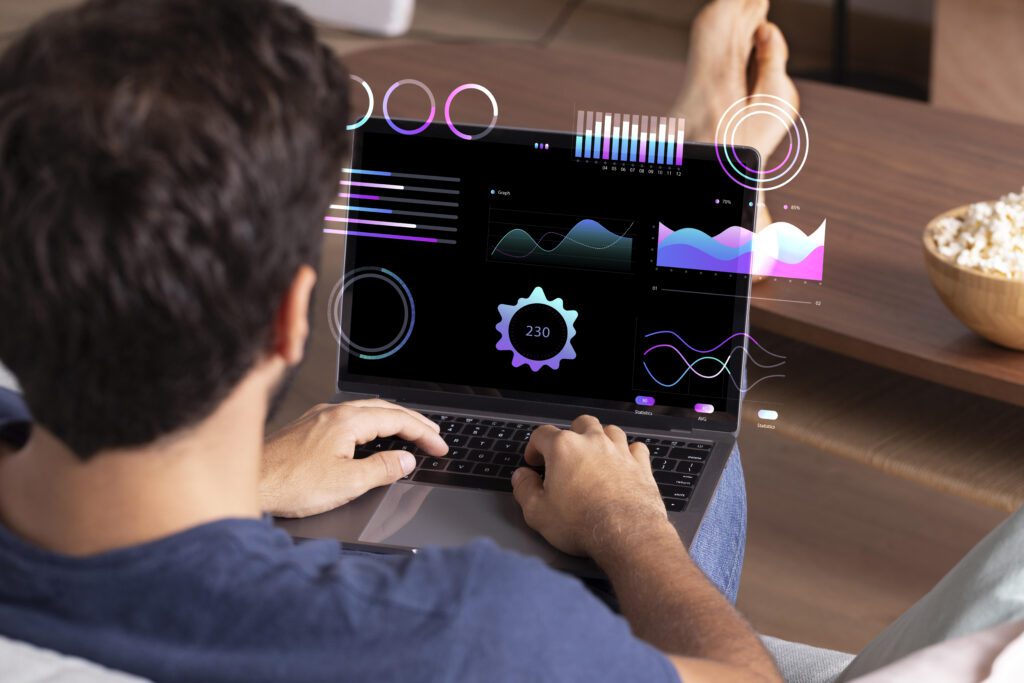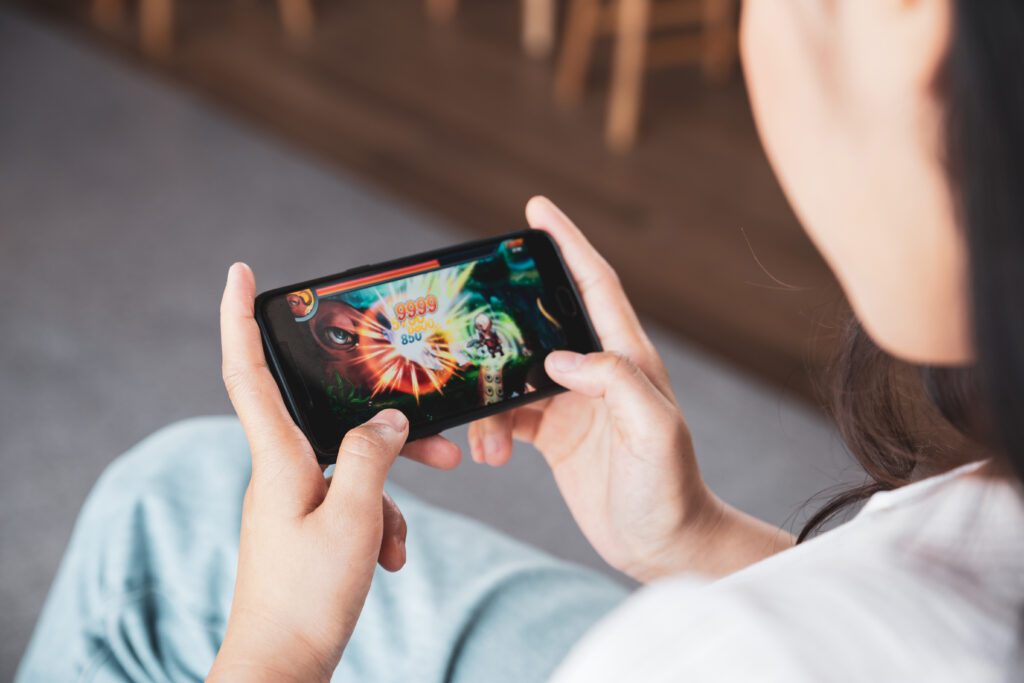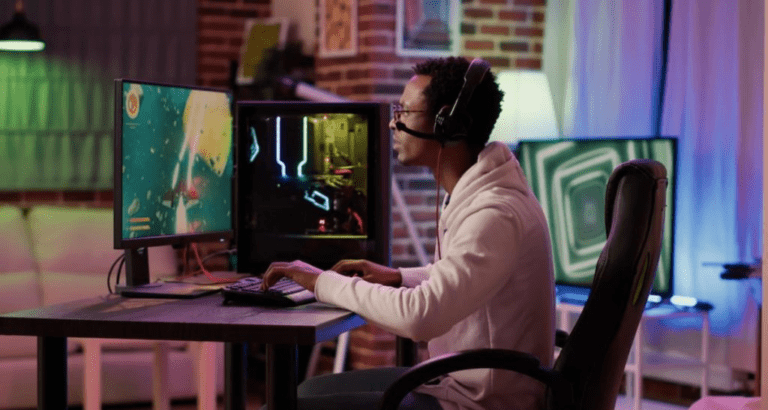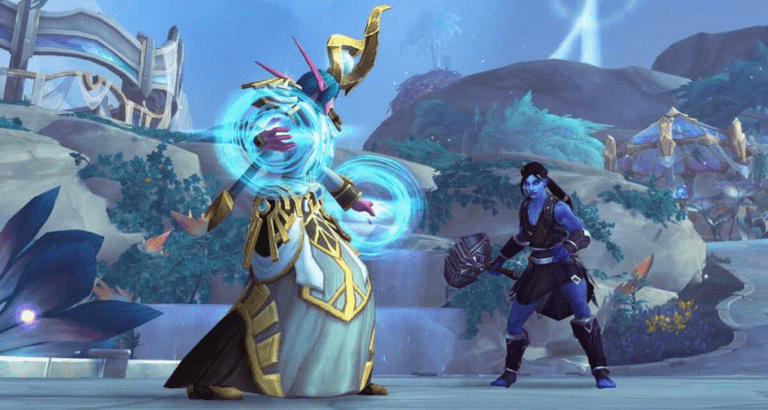While the really fun stuff in a game is usually the actual gameplay, we spend a surprising amount of time interacting with menus. You’re in there to change settings, check your inventory, upgrade your gear, look at the map, pick your next level, and much more.
This is why mobile game menu design is super important – it’s the skill of making these screens clear, easy to understand, and even pleasant to interact with. It represents a key part of the game’s overall user interface (UI, or how it looks) and user experience (UX, or how it feels to use).
Done well, menus help you get back to playing faster and make the overall experience a delight. Let’s look at the main ideas that make mobile menus work well as well as some mistakes newer developers make.
Why you can’t sleep on mobile game menu design

Making menus that work well on phones is actually a really big deal for whether players enjoy a game or not.
Think about the unique challenges of mobile:
- You’re dealing with a small screen, so there’s limited space for buttons and information;
- You’re using your finger, not a precise mouse pointer, so things need to be easy to hit while not taking up too much space;
- People often use mobile games for short bursts – they want to quickly change a setting or grab an item and get right back to playing without getting lost in confusing screens.
Good mobile game menu design helps players find exactly what they need quickly. It makes understanding game information simple and allows players to tap buttons confidently without accidentally hitting the wrong thing.
When menus work well, they just fade into the background, letting you focus on the fun. On the flip side, bad menu design is a reason why players get annoyed and might stop playing a game they otherwise enjoy.
It’s easy for developers to just think of menus as boring stuff you just have to build, but that’s a big mistake in mobile game menu design: underestimating how important they are and not putting enough effort into making them easy and smooth to use.
Now, let’s go deeper into 4 important principles on designing menus for mobile games.
Principle 1: simplicity and clarity

On a small mobile screen, one of the most important rules for menus is simplicity and clarity. This means keeping things clean, organized, and easy to understand right away.
Trying to cram too much information, too many buttons, or too many options onto a single screen makes the menu look messy and overwhelming, like a crowded desk, and players will struggle to find where to look or what to tap.
Less is definitely more when space is at a premium:
- Focus on showing only the most important options or information on the first screen;
- Use clear pictures (icons) and simple words (text labels) to show what each button does;
- Group things that are related together, like putting all the sound and control options in one “Settings” menu;
- Try to use words that most players will understand, or if you have game-specific terms, make sure they are explained somewhere.
The goal is for players to be able to look at a menu screen and quickly understand what they can do there without having to read a long explanation or tap randomly to see what happens.
Principle 2: controls and layout must be touch-friendly

Since players use their fingers to control mobile games, menu design must be touch-friendly. You’re not aiming for tiny buttons that require perfect aim, you’re designing for a finger tap!
A major mistake here is designing buttons that are too small, putting them too close together, or placing them in awkward spots on the screen. This forces players to stretch their thumbs uncomfortably or results in a lot of accidental taps, which is really frustrating.
Buttons and interactive elements need to be large enough to be easily tapped with the tip of a finger, and there should be enough space between them so you don’t accidentally hit the button next to the one you wanted.
Let’s for a moment consider how people naturally hold their phones – often, their thumbs rest near the bottom or sides of the screen. Placing important buttons in these comfortable areas can make a big difference
Decide which touch actions make sense for different things (say a simple tap to select something, maybe a swipe to move between screens, or a drag to move items).
Also, make sure that when a player taps a button, it does something visual right away – maybe it lights up, changes color, or makes a little sound – so they know the game registered their touch. Players love receiving feedback about their actions, too.
Principle 3: consistency and visual language

A common mistake is having an inconsistent design where menus look wildly different or work in unexpected ways from screen to screen.
Imagine opening a menu in a game, then opening another one, and noticing they look completely different – colors don’t match, the font doesn’t either, the back button is in a new spot, and icons you thought you knew have changed.
Confusing, right? That’s why consistency and a clear visual language are vital in mobile game menu design.
For reference, consistency means using the same visual style – colors, fonts, icons, button styles – across all the menus in your game. It also means using similar layouts and putting important things like the back button or home button in the same place every time.
When everything is consistent, players quickly learn how to navigate and what to expect. This makes using the menus feel familiar and smooth, and it makes the whole game feel more polished and professionally made.
You can also use a visual language consistently: to illustrate this, always use red to show something is dangerous or needs attention, or always use a specific icon for “inventory.” This helps players understand information instantly without having to think about it.
Principle 4: speed and responsiveness

By the way, we live in a world where nobody likes waiting. On mobile, where people might be playing in short bursts, waiting for slow menus is particularly annoying.
Menus need to pop up quickly when you tap them, scrolling through lists should be smooth, and tapping a button should result in an immediate reaction in the game.
A major mistake is having menus that are slow to load, annoying to scroll through, or buttons that feel delayed after you tap them. This makes even simple tasks feel frustrating and slow down the whole experience.
Developers need to work to make sure menu assets load fast and the code runs efficiently so menus feel snappy, even on phones that aren’t the most powerful. This is part of the optimization process we talked about for overall game performance.
Providing instant visual and audio feedback when a button is tapped is also important for responsiveness, like a quick highlight or click sound confirming a touch was registered. Fast and responsive menus make navigating feel seamless and stop the interface from becoming a barrier to the fun of playing the game.

Now you’re up to date on mobile game menu design
To wrap things up, good mobile game menu design means ensuring everything is simple and easy to understand, controls feel natural for touch, the look and layout are consistent everywhere, and everything works fast and smoothly.
While the exciting gameplay is the main reason people play, menus are a constant part of the experience. When they are designed well, they work with minimal friction, making interacting with the game feel natural and enjoyable on a phone or tablet.
Paying close attention to these design details helps a mobile game feel really polished and professional, which goes a long way in keeping players happy and engaged.
Got brilliant ideas for your mobile game, but the menu design or other development steps feel overwhelming? Just leave those ideas to Main Leaf and we’ll make it happen – and make it great. We specialize in turning concepts into reality, handling everything from creating those beautiful, seamless mobile menus to providing expert outsourcing for any development need.
Trust us with your vision, and we’ll build the exceptional game you’re dreaming of.

